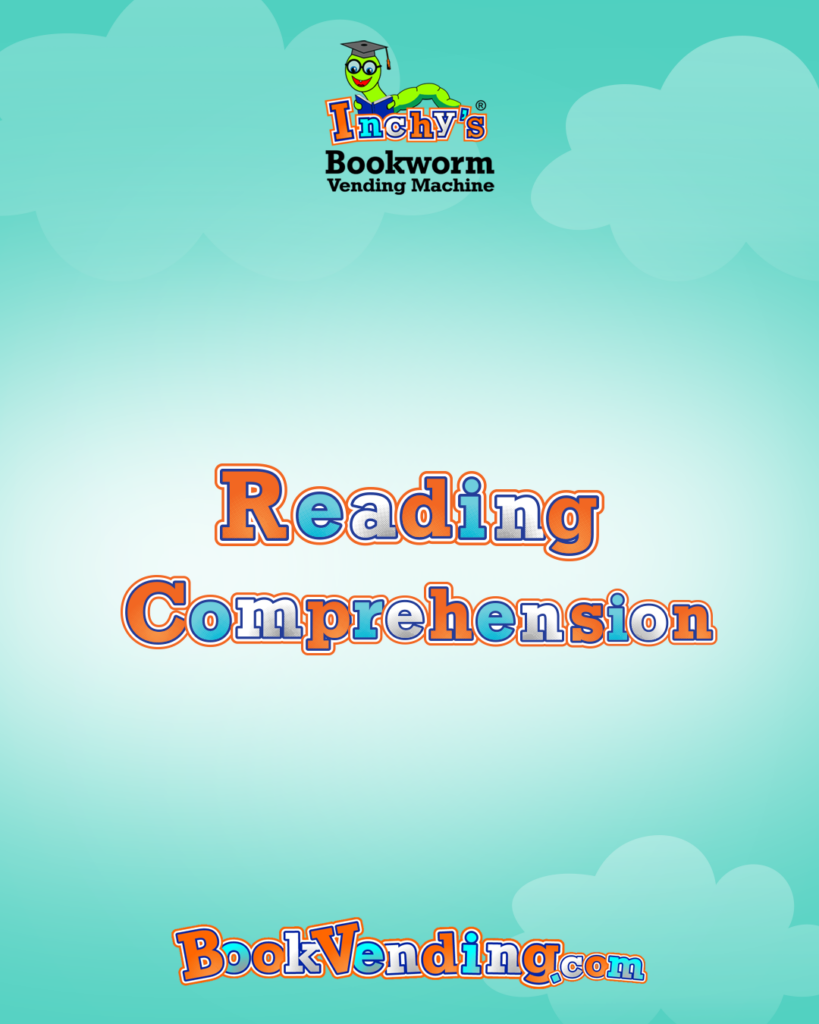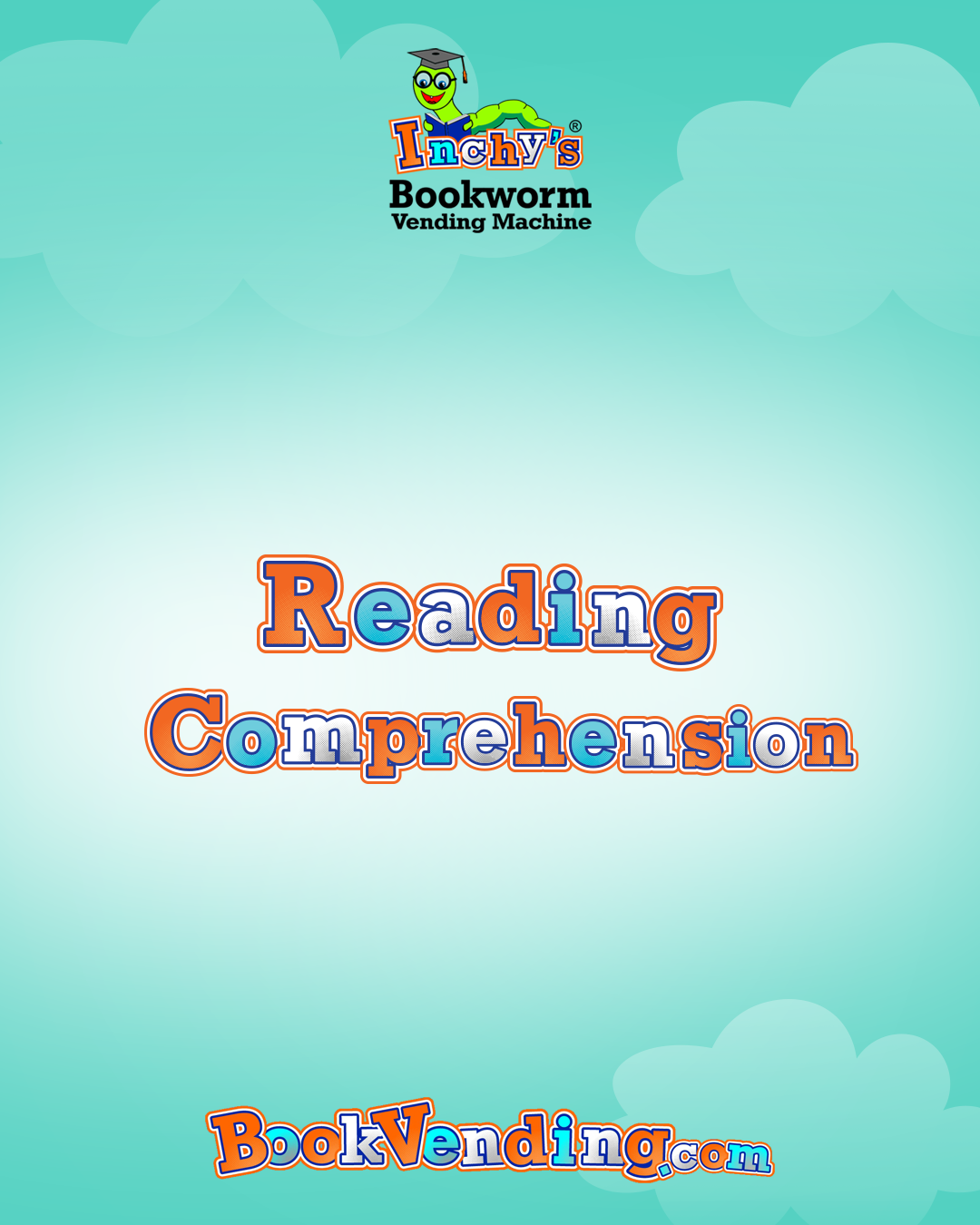
Part 5 of 5 – The Science of Reading – Reading Comprehension
Greetings, Bookworms! If you’re on a mission to supercharge your students’ reading skills, you’ve hit the jackpot. We’re focusing the holy grail of reading skills—reading comprehension. So, fasten your seatbelts, and let’s embark on this exhilarating journey!
The Mysterious World of Reading Comprehension
Imagine this scenario: you’ve got a student who can decode words like a reading wizard. They boast impressive fluency. Maybe they even add a dash of drama to their reading. But when it comes to explaining what they just read, fuggettaboutit. You’re greeted with a chorus of “umms” and “I forget.” Sound familiar? Don’t worry. You’re about to decode the secrets of teaching vocabulary. Secrets that will bridge the comprehension gap.
Unleashing the Science of Reading Comprehension – With Vocabulary
So, here’s the scoop: teaching vocabulary isn’t just about decoding. It’s about diving deep into the essence of words. And that’s where we’ll focus our efforts. But before we go on this adventure, let’s equip ourselves with some teacher wisdom and training.
Vocabulary Activities: Boosting Comprehension
Alright, folks, here comes the exciting part. Here are 5 dynamic activities to ignite your students’ vocabulary like never before. Whether you’re conducting whole-group instruction, working in small groups, or unleashing independent reading station adventures, these activities are your trusty allies.
- Crafting Meaningful Definitions
Let’s kick off with a classic but revamped twist. Remember those head-scratching student definitions? We’re upgrading them. A meaningful definition now consists of two parts: a category or synonym and juicy details that breathe life into the word. Get ready to see accuracy in action. - Building Rich Semantic Maps
Words are like puzzle pieces. To understand the big picture, students need to connect the dots. Enter semantic maps! Explore synonyms, antonyms, word structures, examples, and even connotations. It’s like creating a word masterpiece that strengthens those word connections. - Exploring Multiple Meanings
English is a maze of words with multiple meanings. Dive into words like “bat,” “hit,” “drop,” and “jam.” Equip your students with bubble maps where they list various meanings or create visual interpretations. It’s an engaging way to conquer tricky words. - Word Sorts by Categories
To truly grasp words, students need to see how they connect to others. Enter word sorts by categories! Tailor the activity to your students’ needs. You can use graphic organizers or word cards to help organize their thoughts. It’s all about building bridges between words. - Scaling Activities for Word Power
Time to level up! Antonyms are your secret weapon for expanding vocabulary. Take it a step further by placing words on a scale. For example, have students position words like “bright,” “vibrant,” “shining,” “dim,” “dusk,” and “dark” on a continuum. It’s a mental workout that sparks those aha moments.
Independent Vocabulary Marvels
By weaving these strategies into your daily vocabulary routine, you’ll witness a remarkable transformation in your students’ word wizardry. Over time, these activities can morph into thrilling independent stations, giving you more opportunities to guide small groups toward reading greatness.
Ready to Ignite Vocabulary Superpowers?
So, go ahead, dive into one of these activities in your classroom, and prepare to be amazed. Happy teaching, my fellow bookworms! Let’s empower our students with the magic of comprehension. 📚🌟
We’re thrilled to play our part in a bigger mission, promoting literacy for all students. This program is just one way we’re helping kids get ready for the future. If you think Inchy’s Bookworm Vending Machine would be the perfect vocabulary builder for your school, contact us. We’d love to hear from you.

